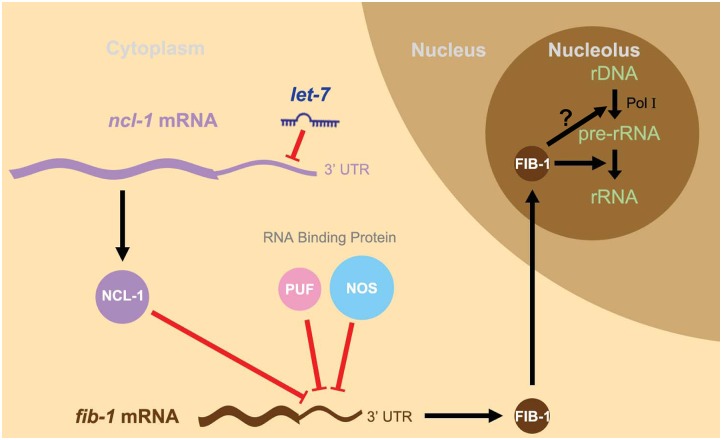Fig 6. A schematic model of the let-7-ncl-1-fib-1 circuit and its regulation of nucleolus size and function.
Since let-7 is a heterochronic gene linked to the control of vulva formation in the L4 larva stage, this model depicts a novel let-7-driven regulatory cascade—the let-7-ncl-1-fib-1 pathway—that regulates the nucleolus size and rRNA expression in the vulva cells. In this context, let-7 increases in the L4 larva and targets the 3’ UTR of ncl-1 transcript to suppress NCL-1 translation. In other types of cells with low levels of let-7, such as hypodermis for example, NCL-1 may be accumulated and cooperates with two other RNA binding proteins, PUF and NOS, to suppress translation of a nucleolar protein FIB-1 and consequently the size of the nucleolus (see Fig 4B and 4C). However, in the vulva cells in which NCL-1 is down-regulated, a higher abundance of FIB-1 enters the nucleolus to facilitate rRNA processing and likely contributes to enlarged nucleolus exhibited by this particular cell type (see Fig 5F and 5G). Possible FIB-1 action on Pol I activity is not resolved in this study (the question mark in the scheme), although one recent study (Tessarz et al., Nature 505, 564–568, 2014) [47] has shown that FIB-1 impacts Pol I transcription through an epigenetic control.

